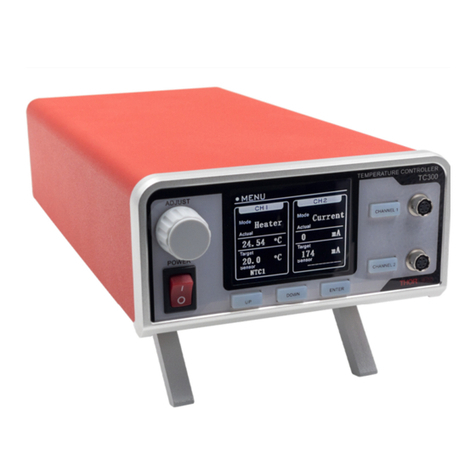THORLABS TED350 User manual
Other THORLABS Temperature Controllers manuals
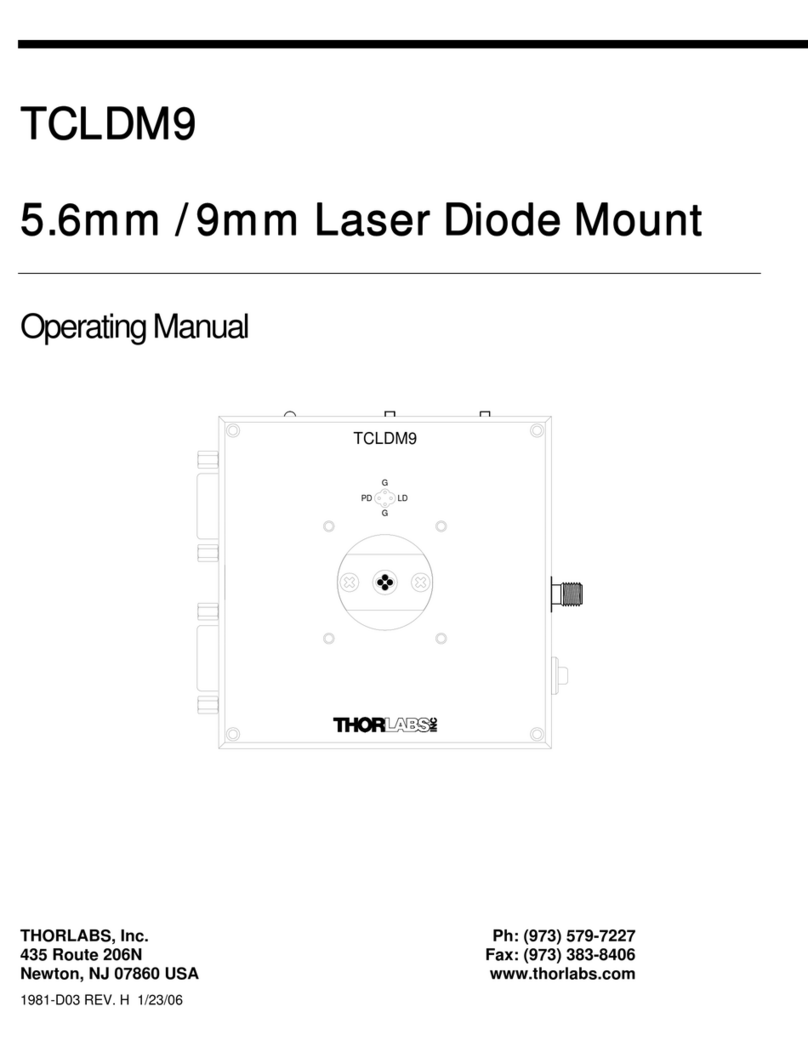
THORLABS
THORLABS TCLDM9 User manual
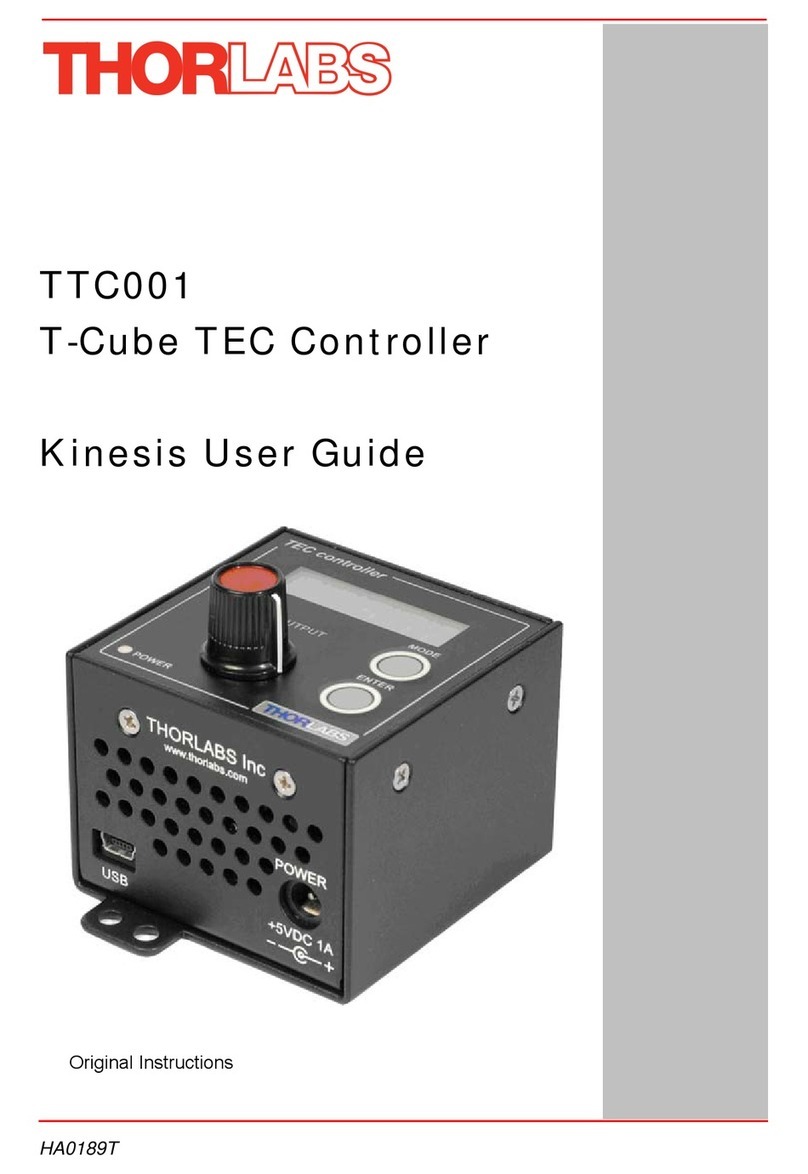
THORLABS
THORLABS T-Cube TTC001 User manual
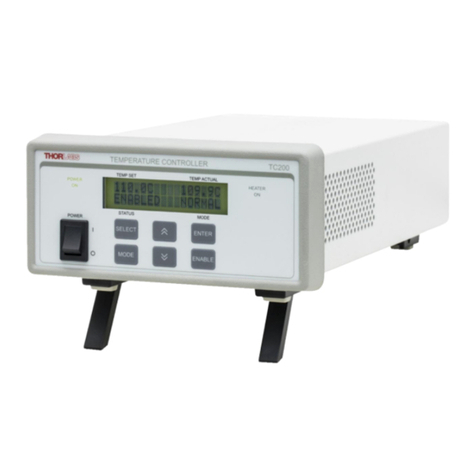
THORLABS
THORLABS TC200 User manual
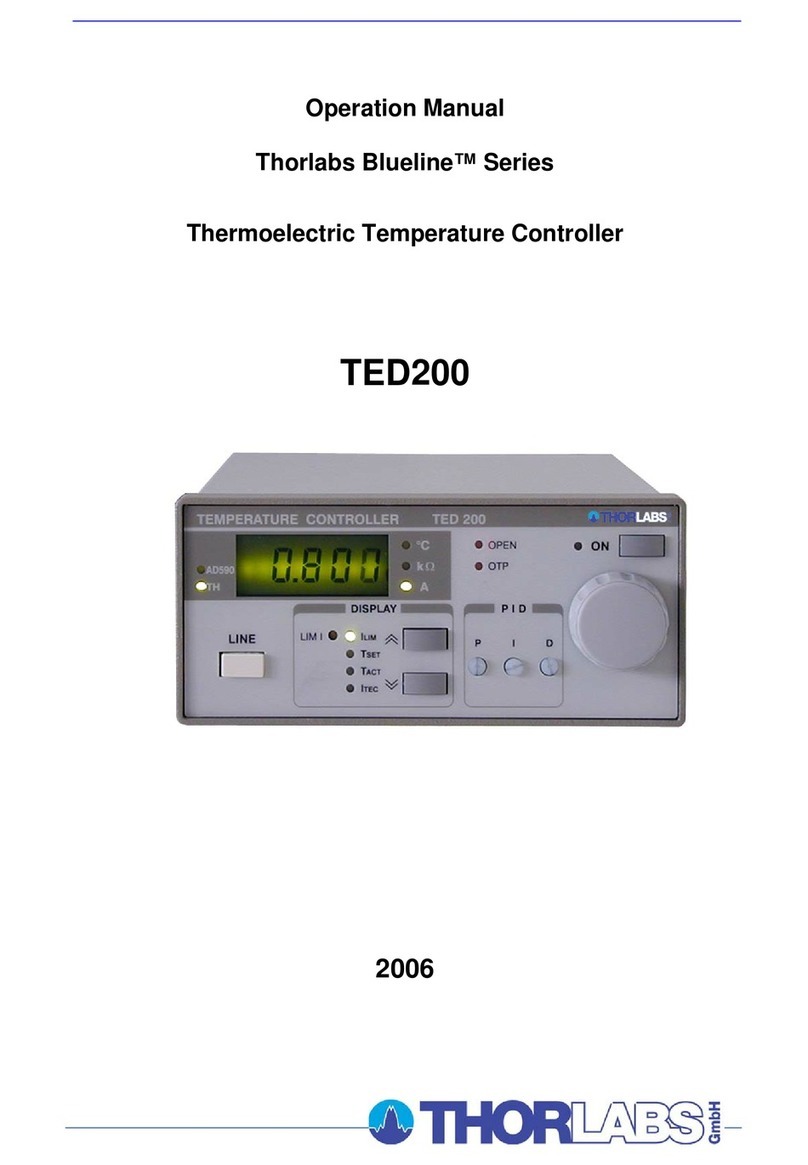
THORLABS
THORLABS Blueline Series User manual
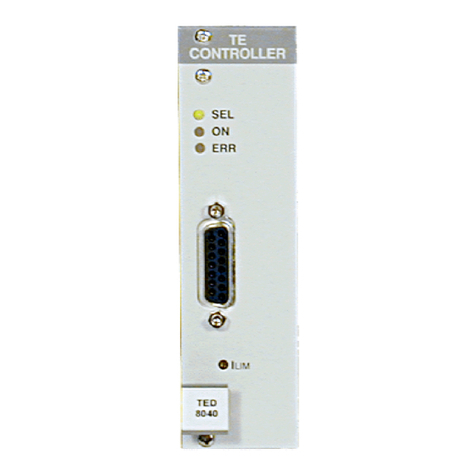
THORLABS
THORLABS TED8 Series User manual

THORLABS
THORLABS ITC8000 User manual
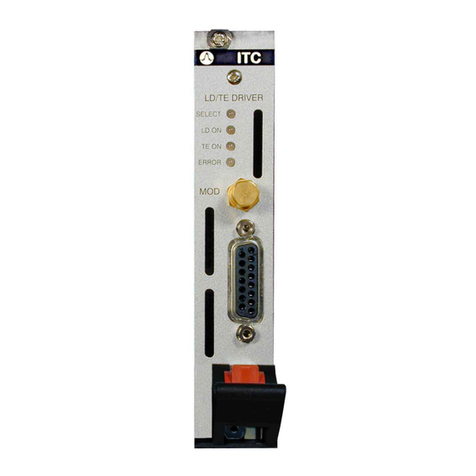
THORLABS
THORLABS TXP Series User manual
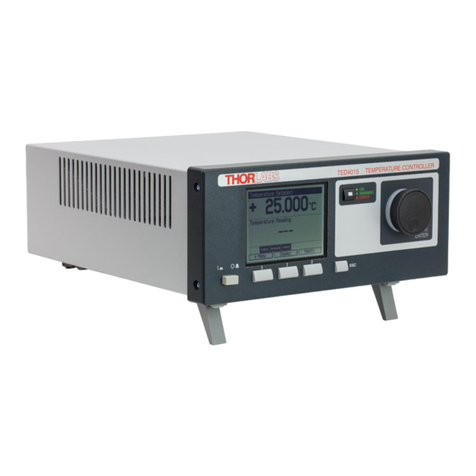
THORLABS
THORLABS TED4015 User manual
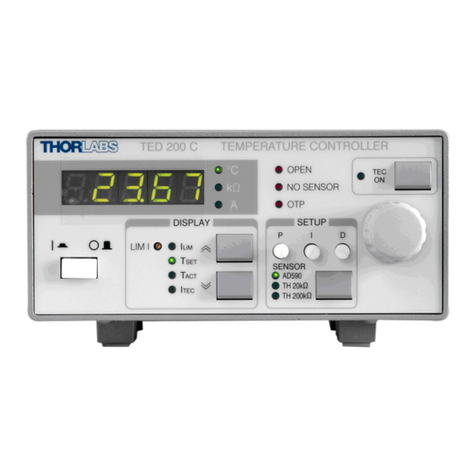
THORLABS
THORLABS TED200C User manual

THORLABS
THORLABS MTD415T User manual
Popular Temperature Controllers manuals by other brands

P.W. KEY
P.W. KEY rt-208gt operating manual

Omron
Omron C200H-TV Series Operation manual

BH Thermal
BH Thermal BriskONE owner's manual

West Control Solutions
West Control Solutions KS 45 Operation Notes

Opt Lasers
Opt Lasers TEC-8A-24V-PID-HC operating manual

Vaillant
Vaillant VR 92/3 Operating and installation instructions
